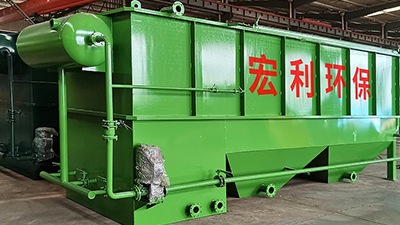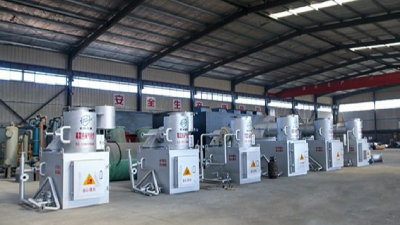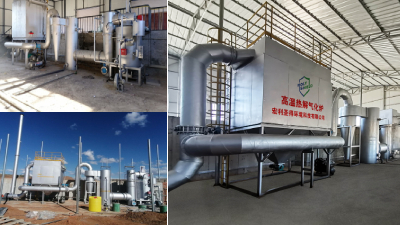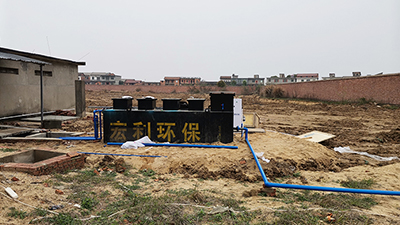Professional incinerator manufacturer-
Holy Shield, to share with you the factors that affect the performance of
Industrial Waste Incinerator.
1. Residence time
The residence time refers to the time required for the harmful components in the waste to oxidize and decompose under the incineration conditions, and finally complete the harmless substances. The length of the residence time directly affects the destruction rate of the incineration, and also determines the specific size of the furnace. There are many factors that affect the residence time, such as the incineration temperature, the excess air coefficient and the degree of mixing of the air with the waste in the furnace. In order to ensure that the waste and combustion products are completely decomposed, the waste stays in the
waste incinerator at about 600°C for about 1 hour.
2. Incineration temperature
Incineration temperature refers to the temperature at which harmful components in waste are oxidized, decomposed and destroyed at high temperature. Generally speaking, increasing the incineration temperature is conducive to the destruction of harmful substances in waste and inhibits the production of black smoke. However, if the temperature is too high, it not only increases the fuel consumption, but also increases the content of nitrogen oxides in the flue gas. Therefore, it is more reasonable to use an appropriate temperature under the premise of ensuring the destruction rate. Most of the harmful microorganisms in the waste cannot survive at about 70-100 °C, and the incineration temperature for treating general short-chain organic matter is 700-800 °C, so in this scheme, the furnace body temperature can meet the incineration temperature of such wastes.
3. Disturbance
In order to decompose all waste and combustion products, it is necessary to strengthen the full contact and mixing of air and waste, air and flue gas, expand the contact area, and make harmful substances oxidize and decompose in a short time at high temperature. The incinerator has a unique air supply system with sufficient air pressure to enhance the mixing degree of the system with waste and flue gas.
4. Excess air coefficient
The air volume required for material combustion is composed of two parts, the theoretical air volume and the excess air volume. The sum of the two determines the oxygen concentration during the incineration process, while the amount of excess air determines the oxygen content in the final flue gas. The oxygen concentration in the furnace chamber of the domestic waste incinerator, the mixing degree of the material and the flue gas with oxygen seriously affect the burning speed and burning rate of the material. Excessive excess air volume can improve the combustion speed and burn rate, but it will increase the auxiliary fuel volume, blast volume, induced air volume and exhaust gas treatment scale, which is uneconomical. On the contrary, if the amount of excess air is too small, the combustion will be incomplete, even black smoke will be produced, and the decomposition of harmful substances will be incomplete. Generally, the excess air amount is 30-50% of the theoretical air value.

Holy shield has a production plant of 13000 ㎡ and is a professional solid waste incineration plant. Provide customized incinerator services to meet the incineration needs of various solid wastes (clothing, leather, rubber, woven bags, straw, wheat bran, corn husk, etc .)




